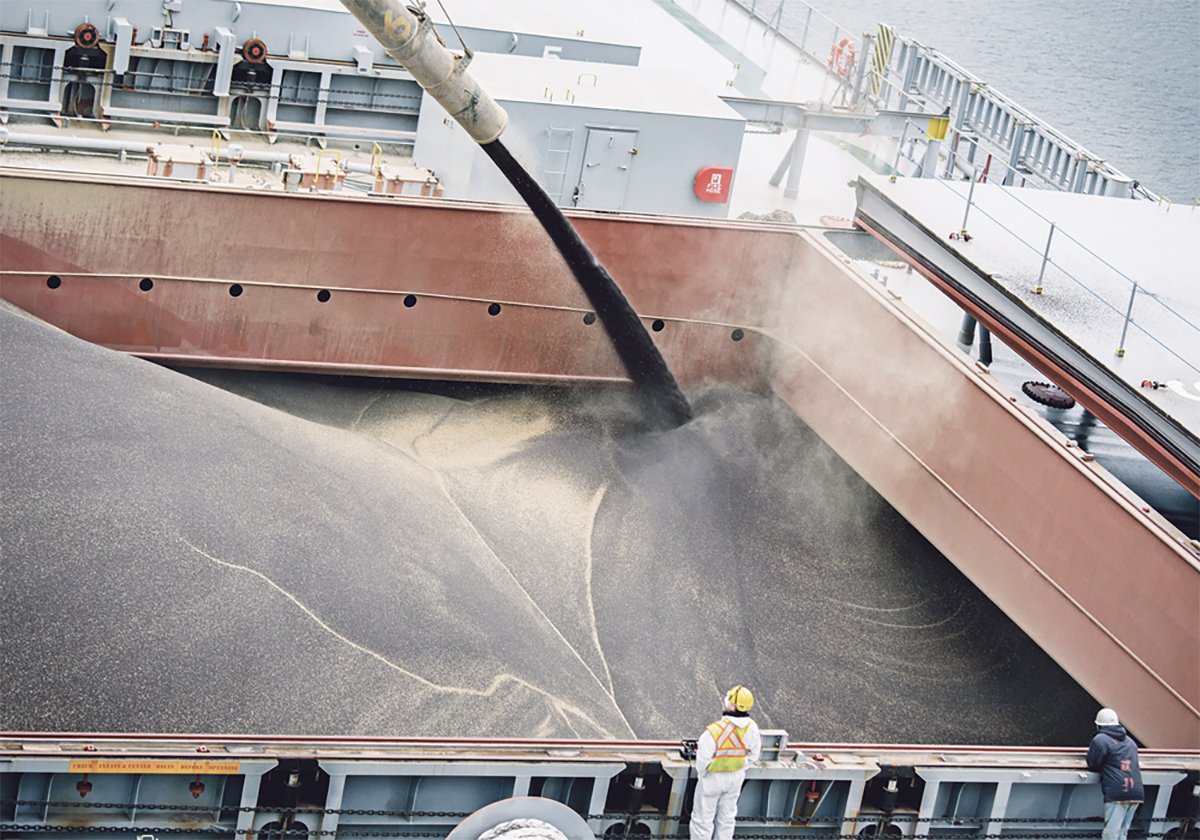SASKATOON — A U.S. food aid program that accounts for about $2 billion in annual commodity purchases is in limbo as the agency that administers the program is under duress.
The Food for Peace Act, which is commonly referred to as P.L. 480, is a major buyer of U.S. grains, oilseeds and pulses.
The program is administered by the U.S. Agency for International Aid (USAID), which is under serious scrutiny by U.S. president Donald Trump’s administration.
Read Also

Exports off to a slow start after last year’s torrid pace
Canadian grain, oilseed and pulse exports are off to a slow start, but there are some bright spots, according to the Canadian Grain Commission’s most recent weekly export data report.
Shortly after entering office, Trump froze all U.S. foreign aid for an 85-day review of the agency’s programs.
The state department later issued waivers for “emergency food assistance” and “life-saving humanitarian assistance.”
The fate of USAID is uncertain after the Trump administration announced plans to place more than 90 per cent of the agency’s workforce on paid administrative leave, an issue that is now before the courts.
The Office of Inspector General for USAID issued a report saying Trump’s actions have placed $489 million of food assistance at ports, in transit and in warehouses at risk of spoilage.
The inspector general was fired the day after releasing his report.
Jeff Van Pevenage, president of Columbia Grain, headquartered in Portland, Oregon, said the P.L. 480 program is an important buyer of U.S. pulse crops.
He estimates the program accounts for approximately 135,000 tonnes of yellow pea purchases a year, or about 20 per cent of total production.
It also buys about 10,000 tonnes of green peas, 20,000 to 25,000 tonnes of lentils and decent volumes of pinto and black beans every year.
“It’s a good chunk,” he said.
Van Pevenage said the food aid program has been paused while the situation at USAID is sorted out.
“We’re in a little bit of a flux period right now,” he said.
“Overall, the industry feels like (the program) will continue. It’s just a matter of how it gets administered.”
Companies that supply pulses to P.L. 480 are not overly concerned because pulse demand through the program was already drastically lower last year than it was in previous years, so expectations were low heading into 2025.
“I don’t think it’s causing great hardship,” said Van Pevenage.
“There have been such logistical problems (that) the industry, I think a little bit, is sitting back going, ‘meh, we’ll take the breather.’ ”
As well, U.S. farmers have not been willing sellers of old crop 2024 pulses. They sold a good portion at harvest and are now more focused on getting new crop sales on the books.
A group of Republican lawmakers recently introduced a bill that would move the P.L. 480 program over to the U.S. Department of Agriculture.
“By moving this program closer to the producers who grow these crops, we can help reduce waste and make certain our farmers have access to this valuable market,” Kansas senator Jerry Moran said in a news release announcing the proposed legislation.
The bill has been endorsed by several U.S. farm organizations, including the American Soybean Association.
“ASA strongly supports efforts to protect these programs and to ensure U.S. grown commodities continue to feed vulnerable populations around the globe,” said ASA president Caleb Ragland.


















